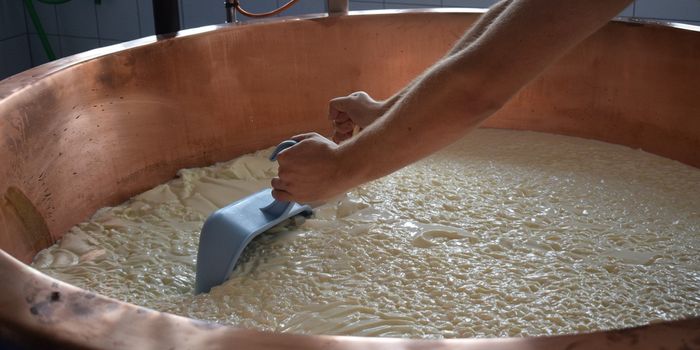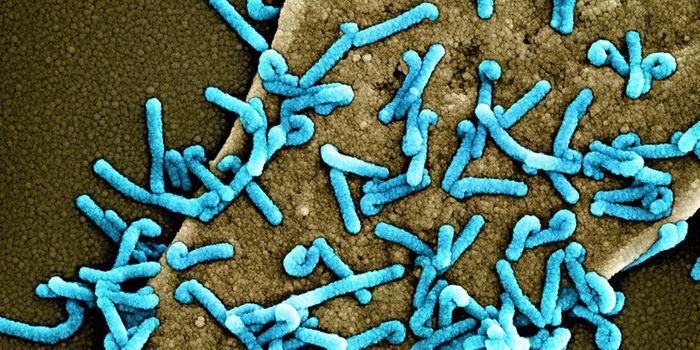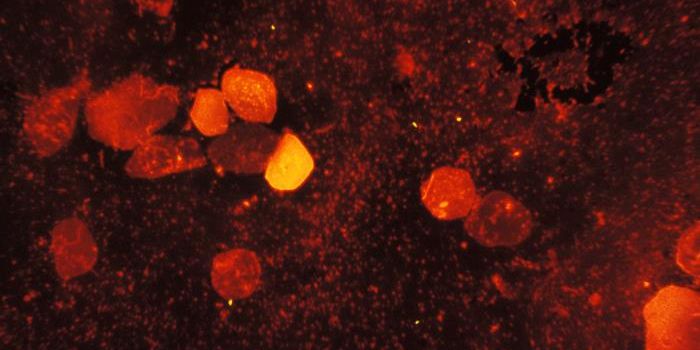A New, Double-Action Antibiotic Thwarts Drug Resistance
As more and more pathogenic bacteria gain resistance to commonly used antibiotics, the search for new, effective, and safe antibiotics has become vital. According to The Lancet, almost 5 million deaths were associated with antibiotic resistance in 2019 alone. Scientists have created a novel antibiotic that works in two ways. This synthetic drug is part of a class of antibiotics known as macrolones. They can both disrupt both the structure of microbial DNA and protein synthesis at the same time. In order to fend off these drugs, bacteria would have to mount two simultaneous defensive strategies. Because it targets two cellular mechanisms, it could be as many as 100 million times tougher for bacteria to gain resistance to the drug, the study suggested. The findings have been reported in Nature Chemical Biology.
"The beauty of this antibiotic is that it kills through two different targets in bacteria," said co-corresponding study author Alexander Mankin, distinguished professor of pharmaceutical sciences at the University of Illinois Chicago. "If the antibiotic hits both targets at the same concentration, then the bacteria lose their ability to become resistant via acquisition of random mutations in any of the two targets."
Antibiotics called macrolides work to stop protein production by bacterial ribosomes. Erythromycin is a macrolide, for example. Fluoroquinolones like ciprofloxacin, however, work by targeting an enzyme that is exclusive to bacteria, called DNA gyrase. In macrolones, these two common types of antibiotics with different modes of action are combined into one.
In this work, the researchers analyzed how macrolones interact with bacterial ribosomes, and found they can attach to them more tightly than common macrolides. The macrolones can even stop ribosomal function in bacteria that are resistant to macrolides; the action of resistance genes was not triggered by macrolones.
The researchers also identified the lowest macrolone doses that can hit both targets at once.
"By basically hitting two targets at the same concentration, the advantage is that you make it almost impossible for the bacteria to easily come up with a simple genetic defense," explained co-corresponding study author Yury Polikanov, associate professor of biological sciences at UIC.
"The main outcome from all of this work is the understanding of how we need to go forward," Mankin said. "And the understanding that we're giving to chemists is that you need to optimize these macrolones to hit both targets."
Sources: University of Illinois at Chicago, Nature Chemical Biology









